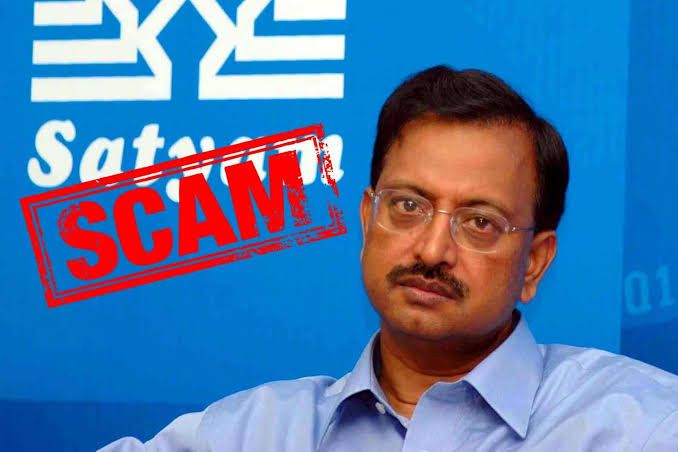SOCIO-ECONOMIC AND RELIGIOUS STATUS OF LGBTQ IN INDIA:-
LGBTQ in Ancient scripts, folk stories of different cultures give descriptions of these behaviors’ even though in small extent. India as a country with heterogeneous cultures, languages and religion is also giving support for this Endeavour. In the recent years, there have been significant changes in the perception of the society towards transgender persons. For better understanding LGBTQ is divided under two heads i.e. Socio-economic and Religious status in India.
SOCIO-ECONOMIC STATUS OF LGBTQ IN INDIA
LGBTQ includes Lesbian, Gay, Bisexual, Transgender and etc. LGBTQ faces many challenges and they are not acceptable in many situations, there rights are not merely identified by society. Every human being has a sexual orientation and gender identity, and this shared fact means that discrimination against members of the Lesbian, Gay, Bisexual and Transgender community, based on sexual orientation and/ or gender identity, is an issue that transcends that community and affects all of us.
View of an unknown Transgender, “Sex is what you are born with, Gender is what you recognize and sexuality is what you discover.”
Amnesty International asserts that all people, regardless of their sexual orientation or gender identity, should be able to enjoy their human rights. Evidence indicates individuals who identify as (LGBT) especially susceptible to socioeconomic disadvantages. Thus, Socio Economic Status is inherently related to the rights, quality of life, and general well-being of LGBT persons.
Scheme of the central government to entire LGBTQ community
“GARIMA GREH SCHEME” (LGBTQ+) community; the benefit under the scheme has to be extended to the entire LGBTQ community. The Ministry shall take this into consideration and enlarge the scope of the scheme.”
RELIGIOUS STATUS OF LGBTQ IN INDIA
‘Hijras’ in India – In the Indian culture, the most prevalent transgender are “Hijras. They have a long attached recorded history of almost 4,000 years with India; one of the forms of Lord Shiva is merging with parvati where together they are Ardhanari who identify with the gender ambiguity.
Mughal Empire, 16th and 17th centuries, castrated Hijras respected and considered close confidants of emperors, often being employed as royal servants and bodyguards. These and other Hindu legends show that Hijras in India had a sanctioned role in Hindu society, in North India especially through the practice of ‘badhai’ (congratulating). Like other communities, the Hijras trace their origins to foundational myths in Ramayana and Mahabharata. When Rama returns Ayodhya, Impressed with their devotion, Rama grants hijras the boon to confer blessings on people during auspicious inaugural occasions like childbirth and weddings. Bahuchara Mata is a Hindu goddess with two unrelated stories both associated with transgender behavior. The primary temple to this goddess is located in Gujarat. It is a place of pilgrimage, which sees Bahuchara Mata as a patroness.
Not only in ancient days, at present in India Transgender plays a vital role according to religious status in our society for ritual functions and blessings.

CONCLUSION
The (LGBT) community has its own criteria. As we seen in above which they have played prominent role in society either it is in discrimination, education or religious status, etc. But they are literally fighting for their identity due to sexual orientation in present society but State and Central Governments bought many changes according to judicial developments. They should not be discriminated and should treat them equally and provide their rights and duties in society.
Author:- SHAHEEN MOGHAL, a Student of JAGARLAMUDI CHANDRAMOULI COOLEGE OF LAW




